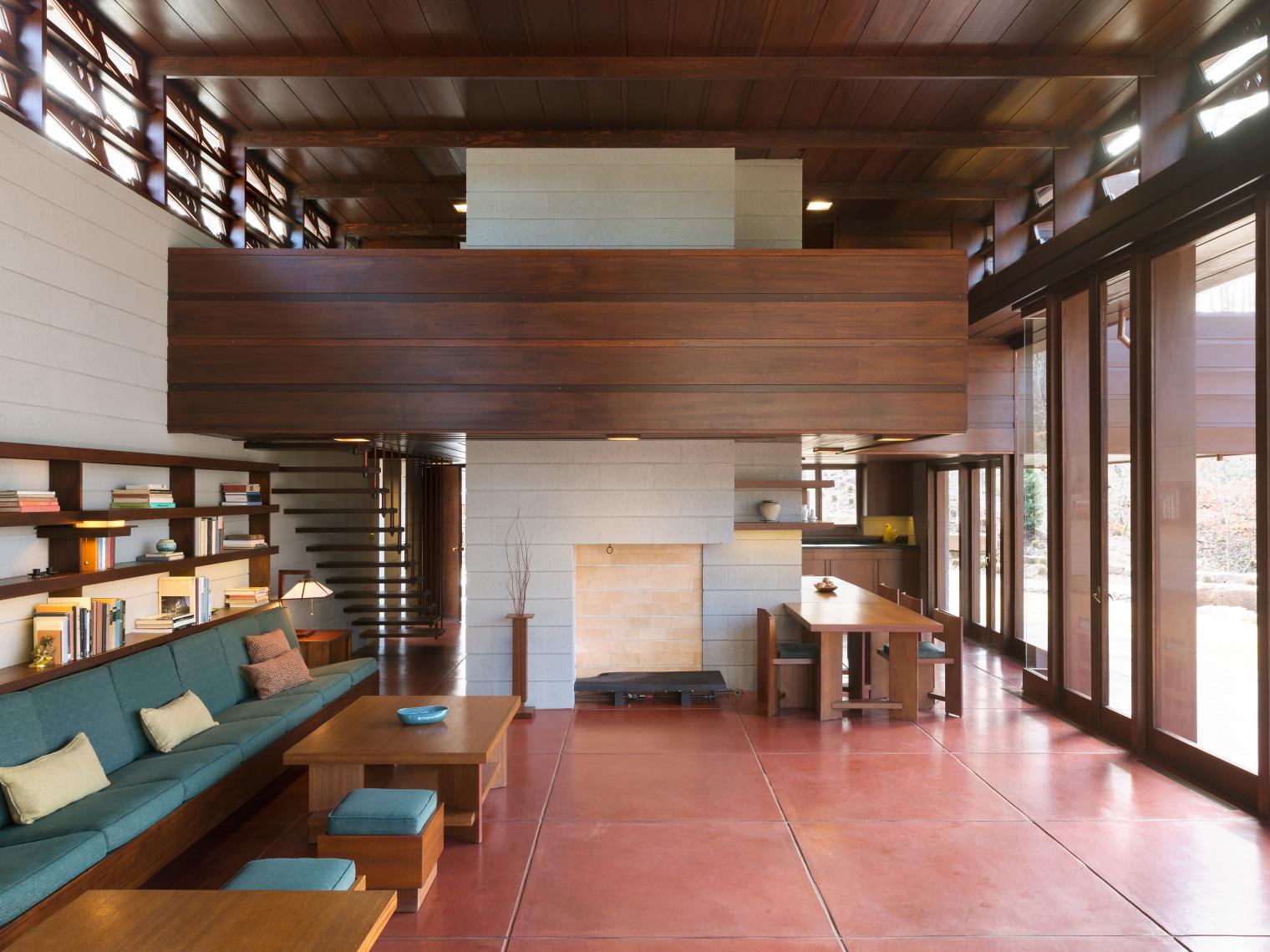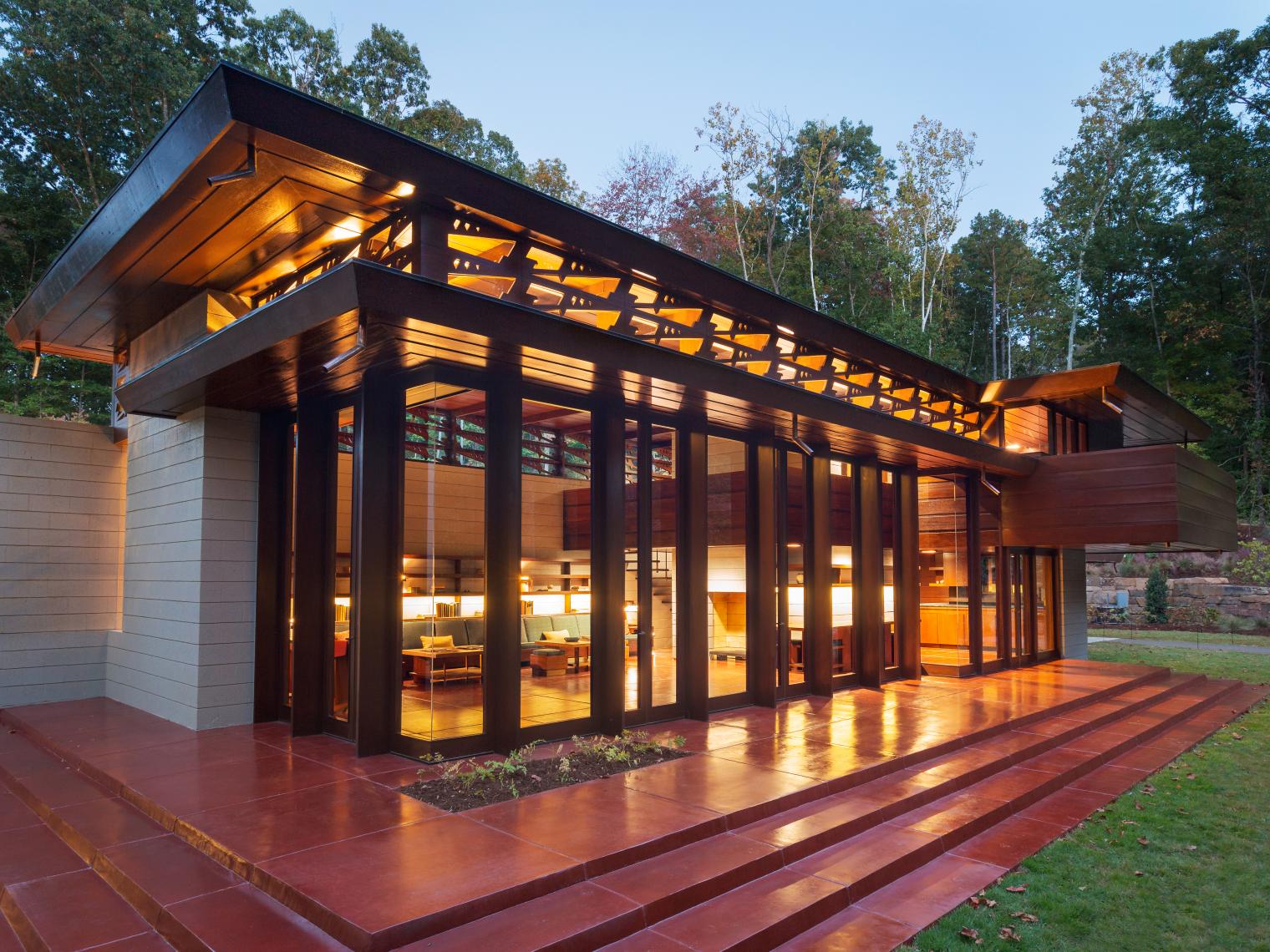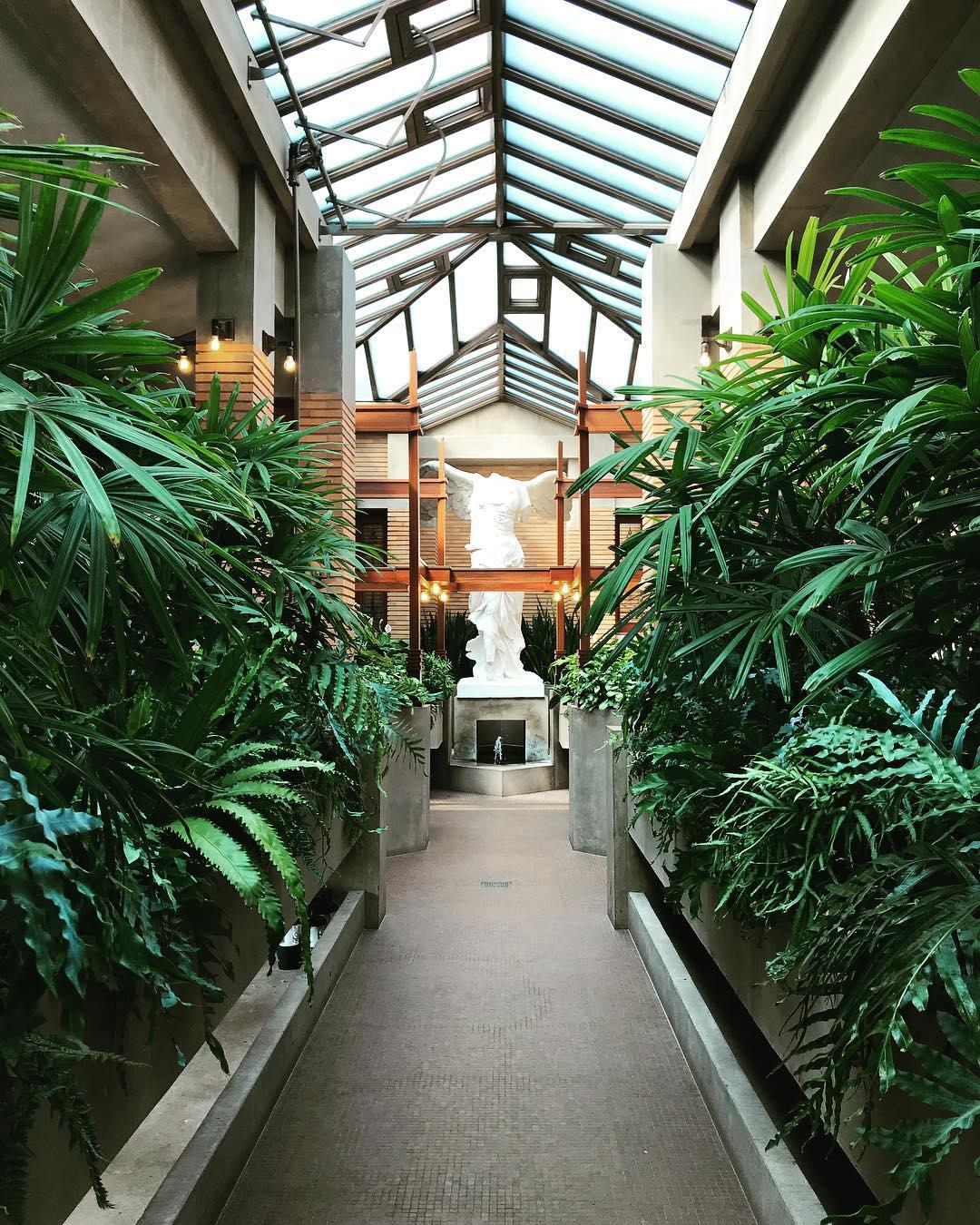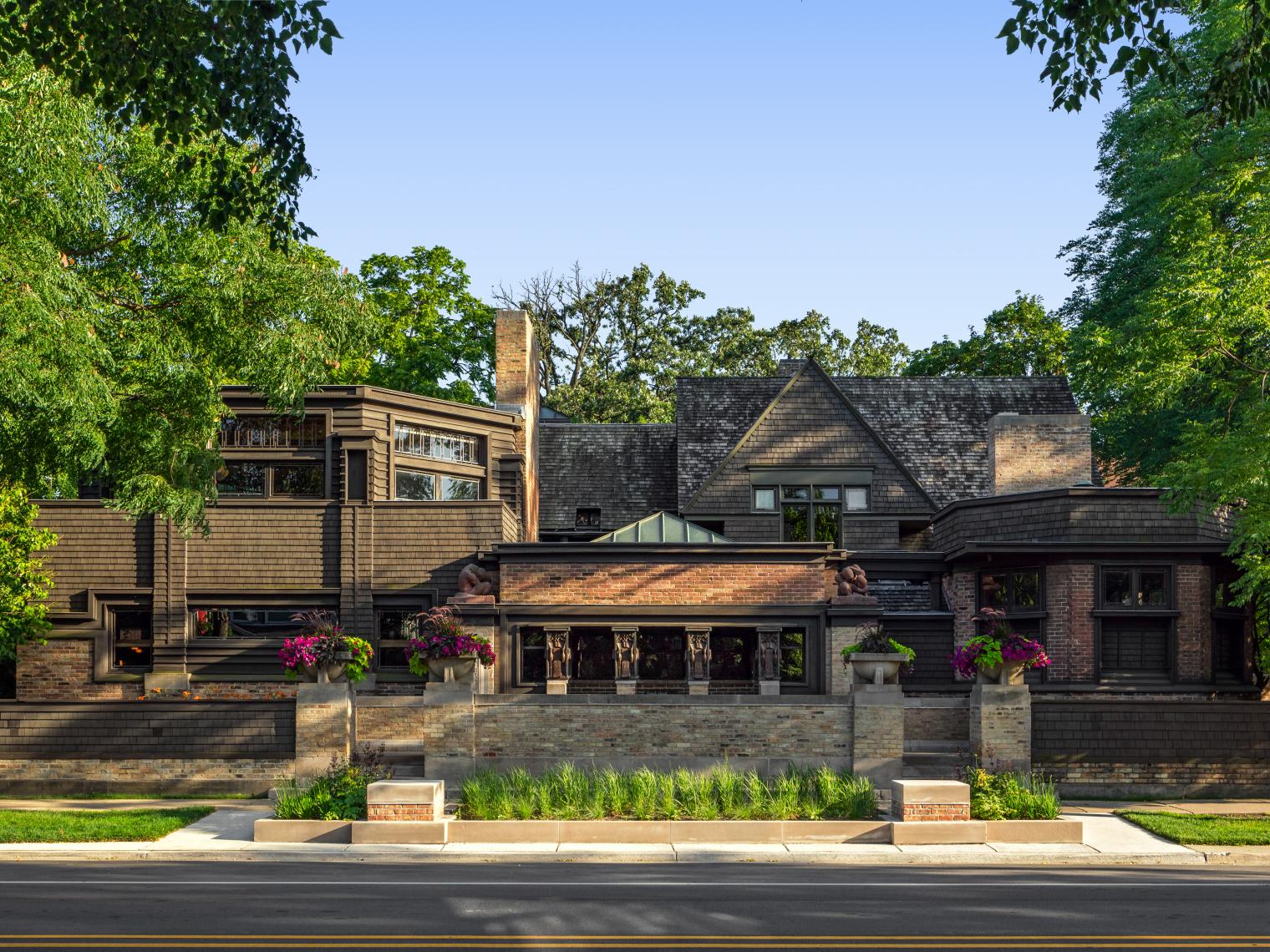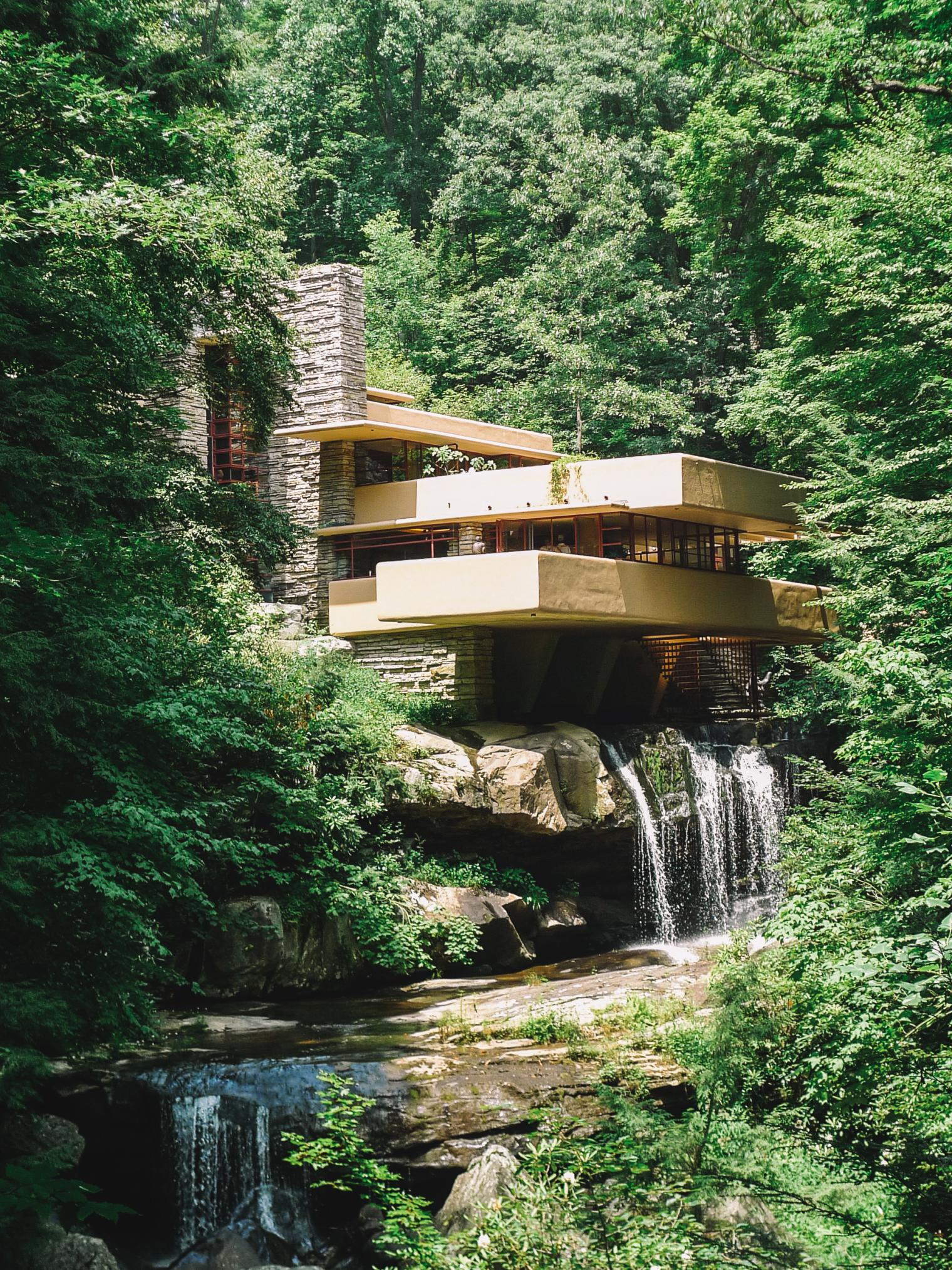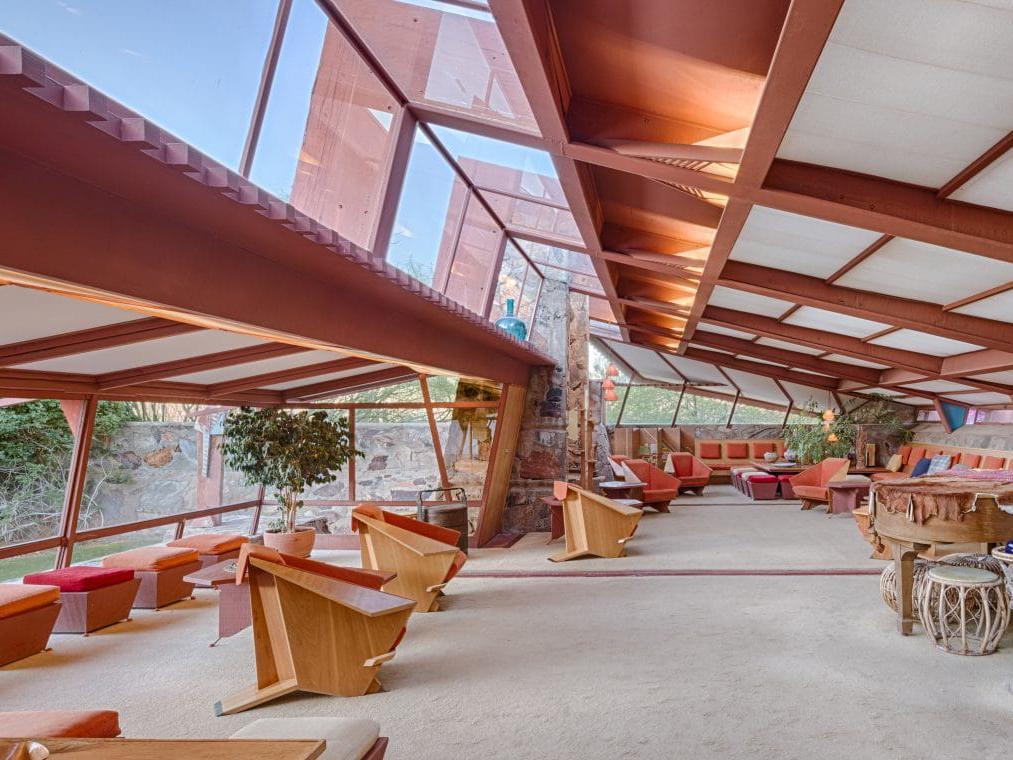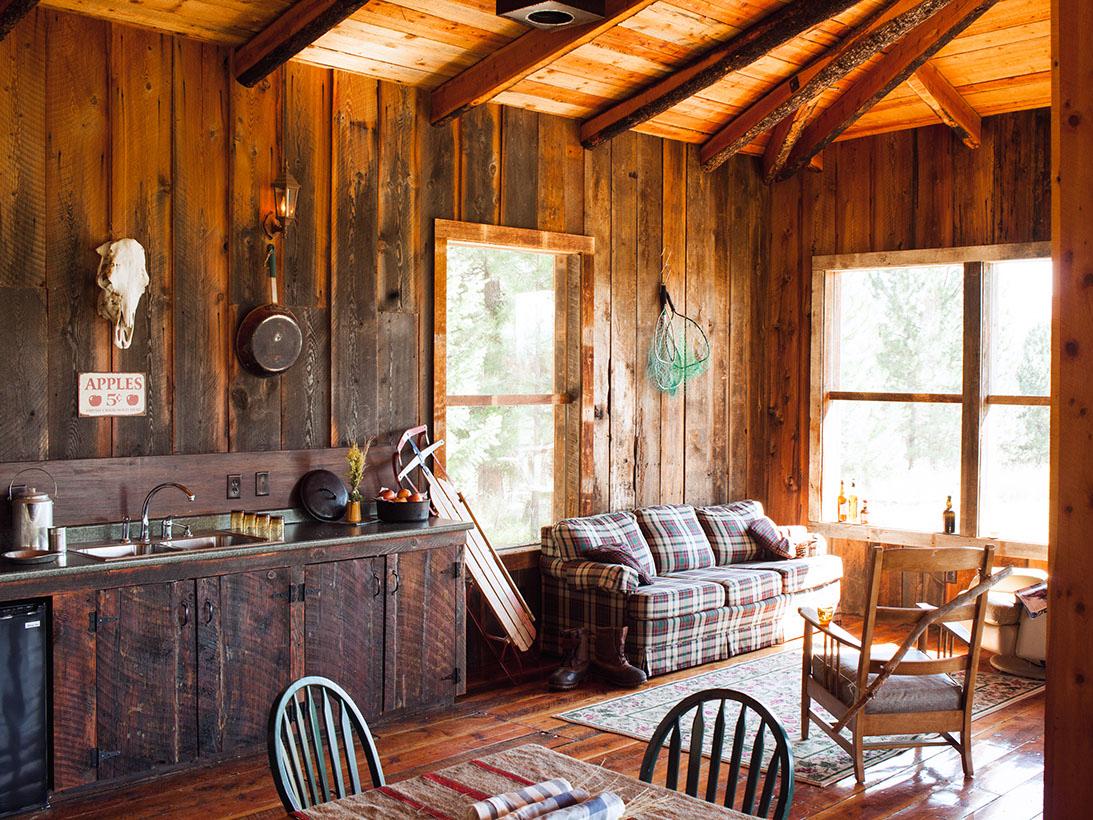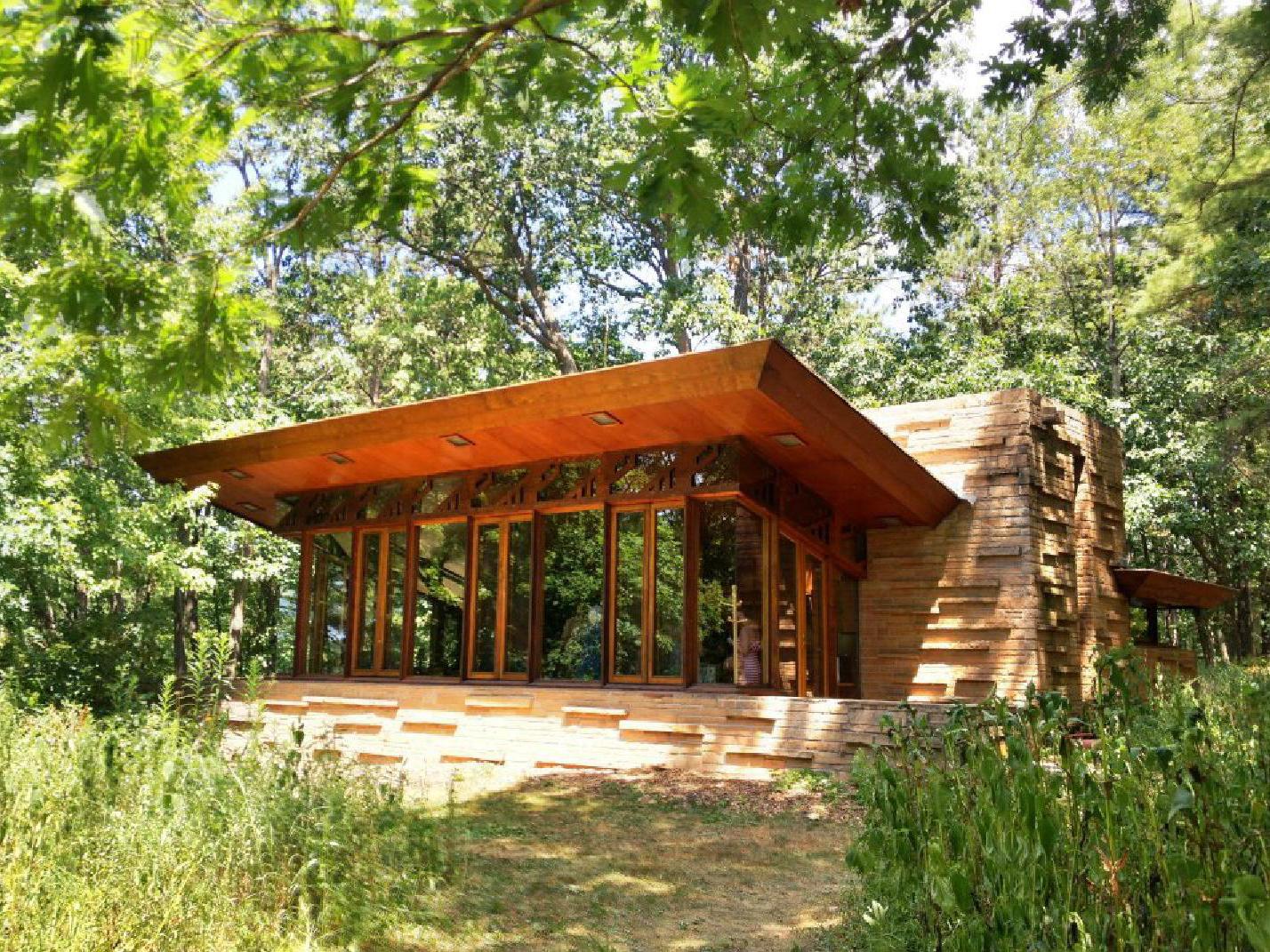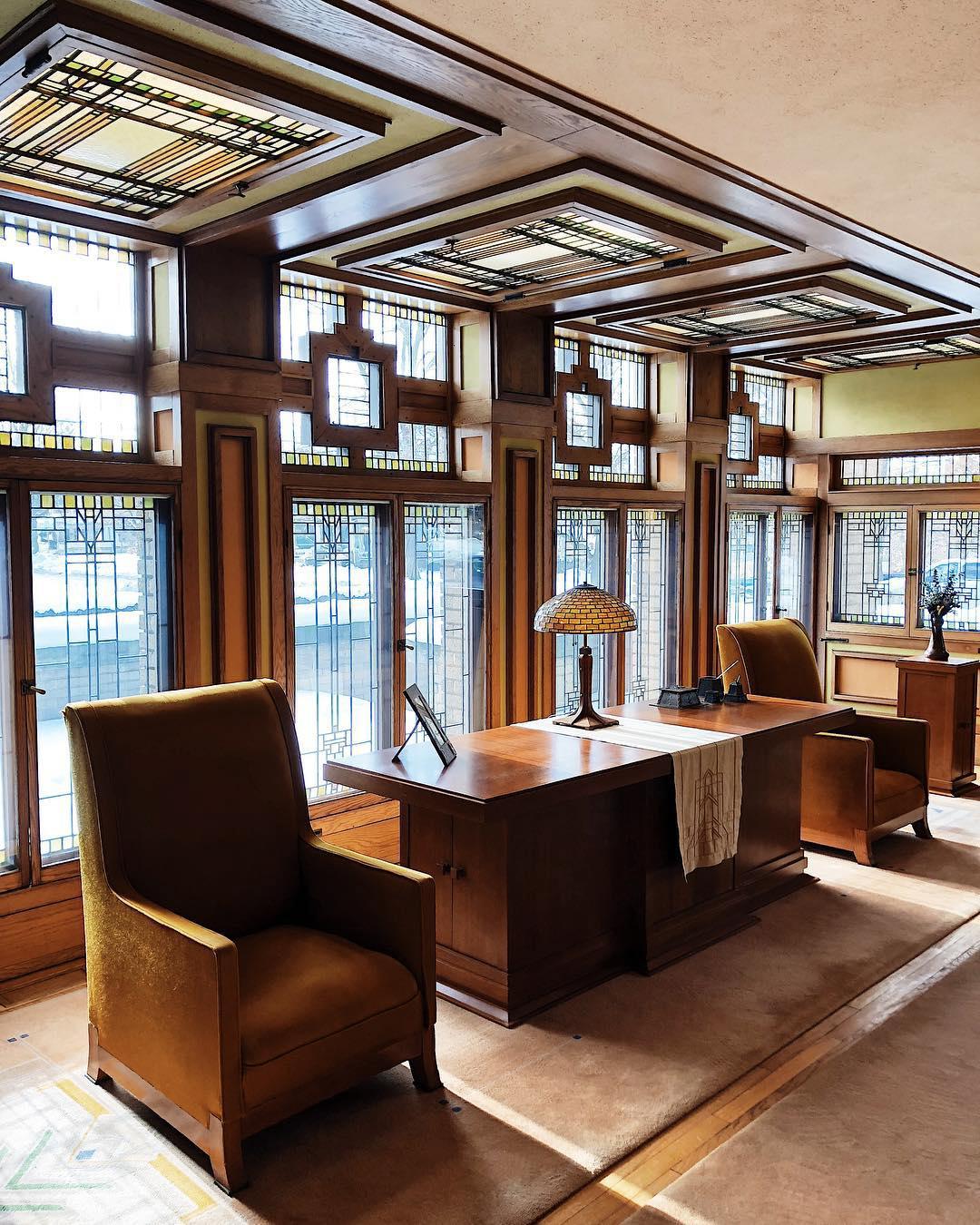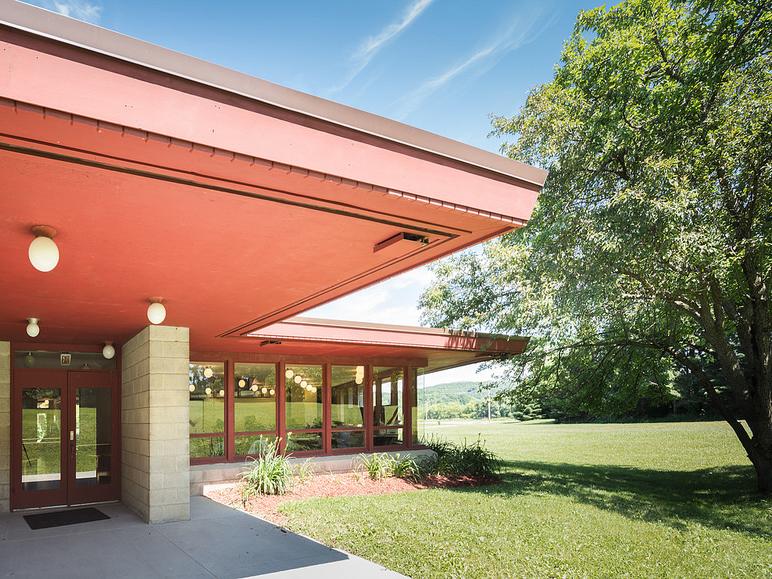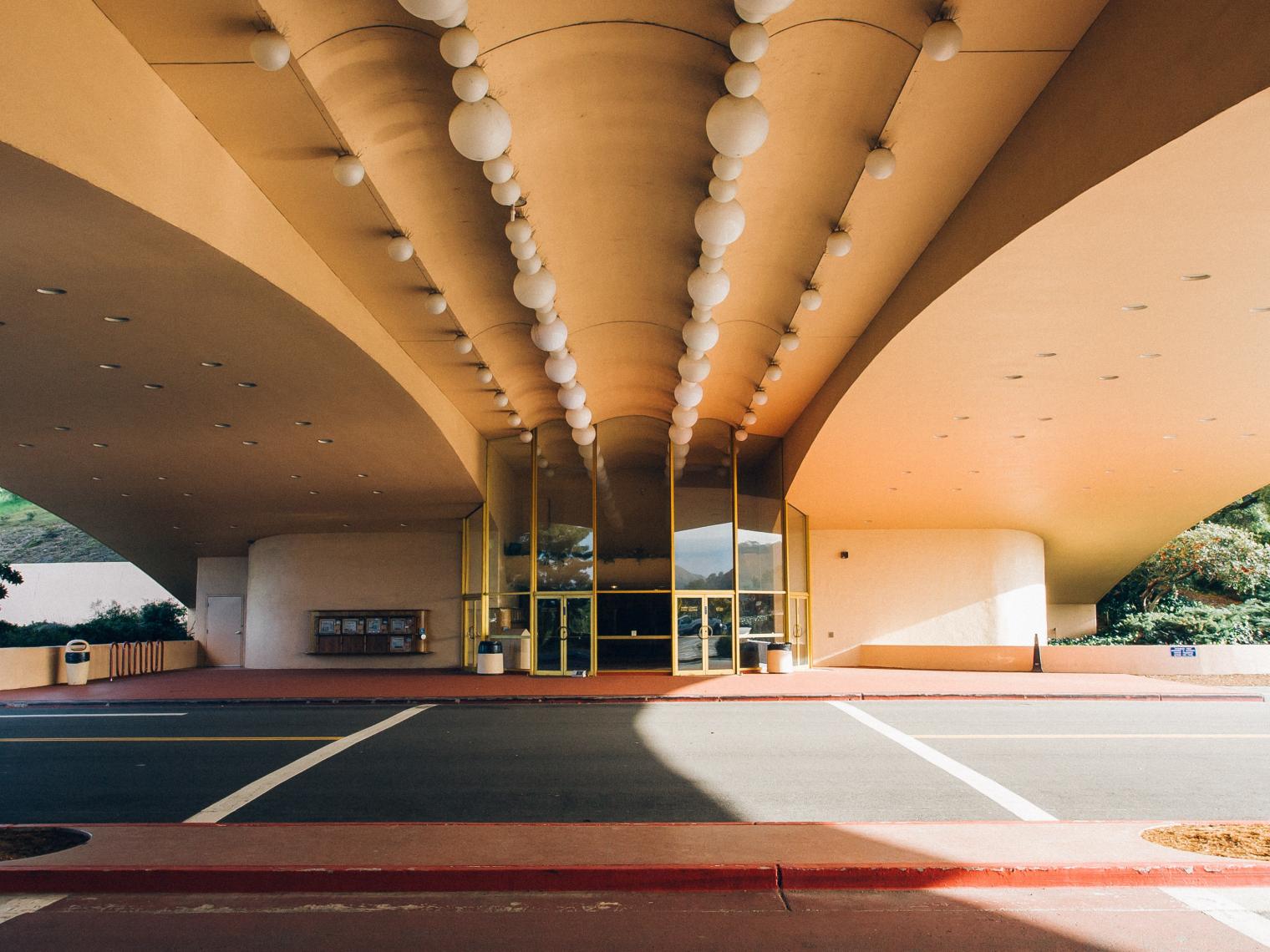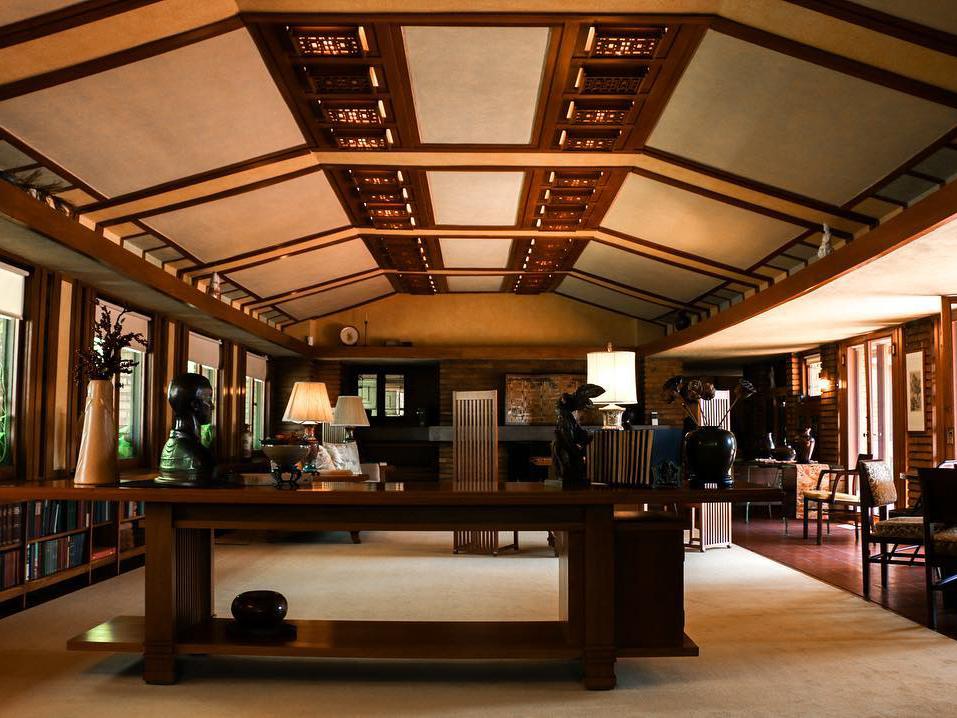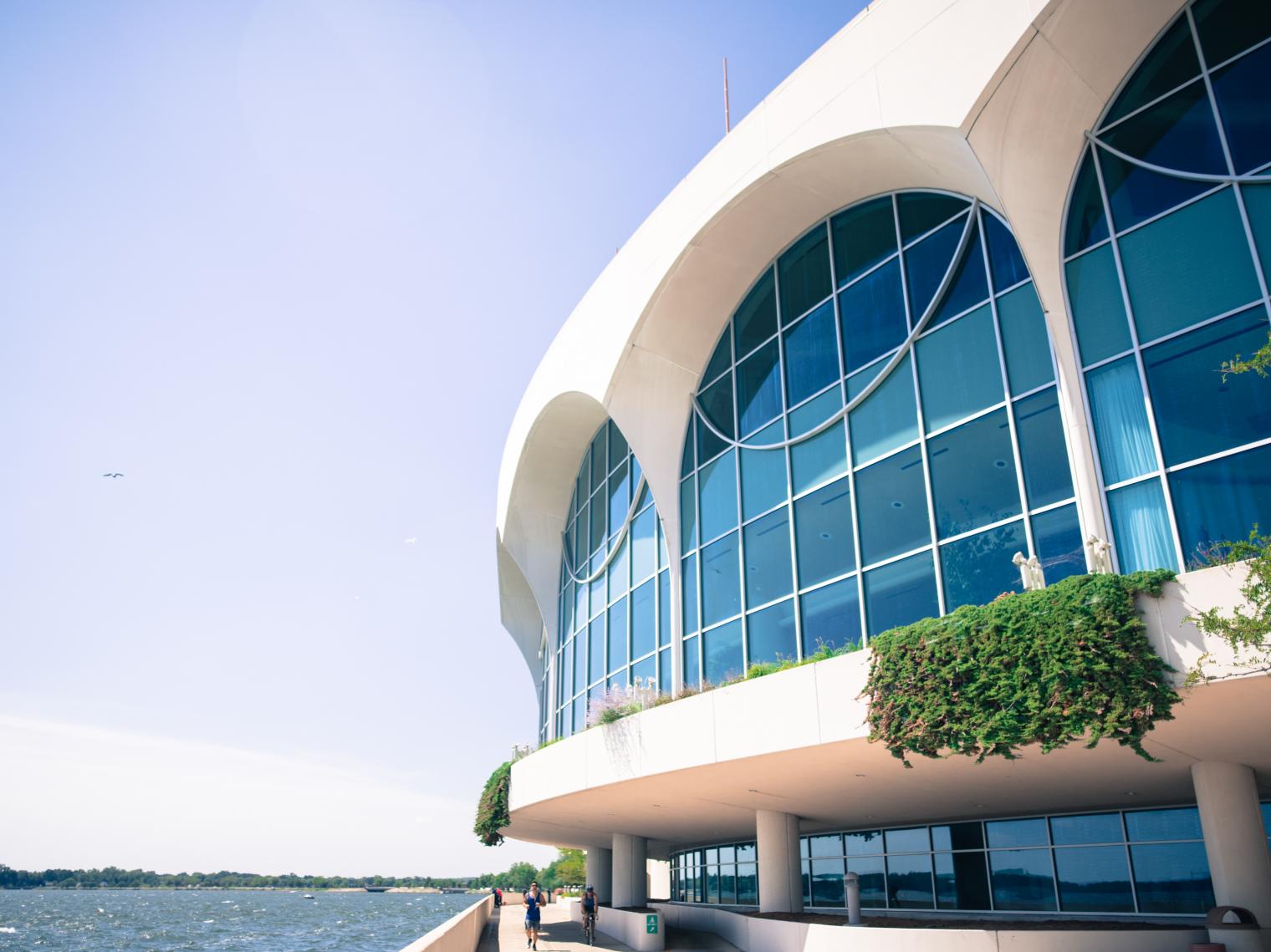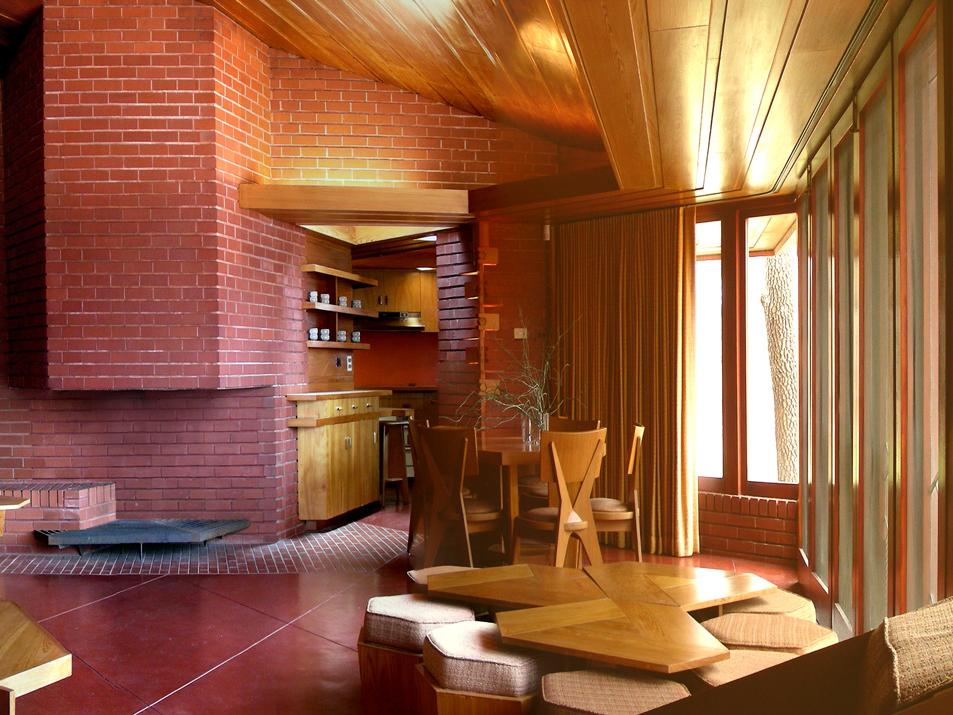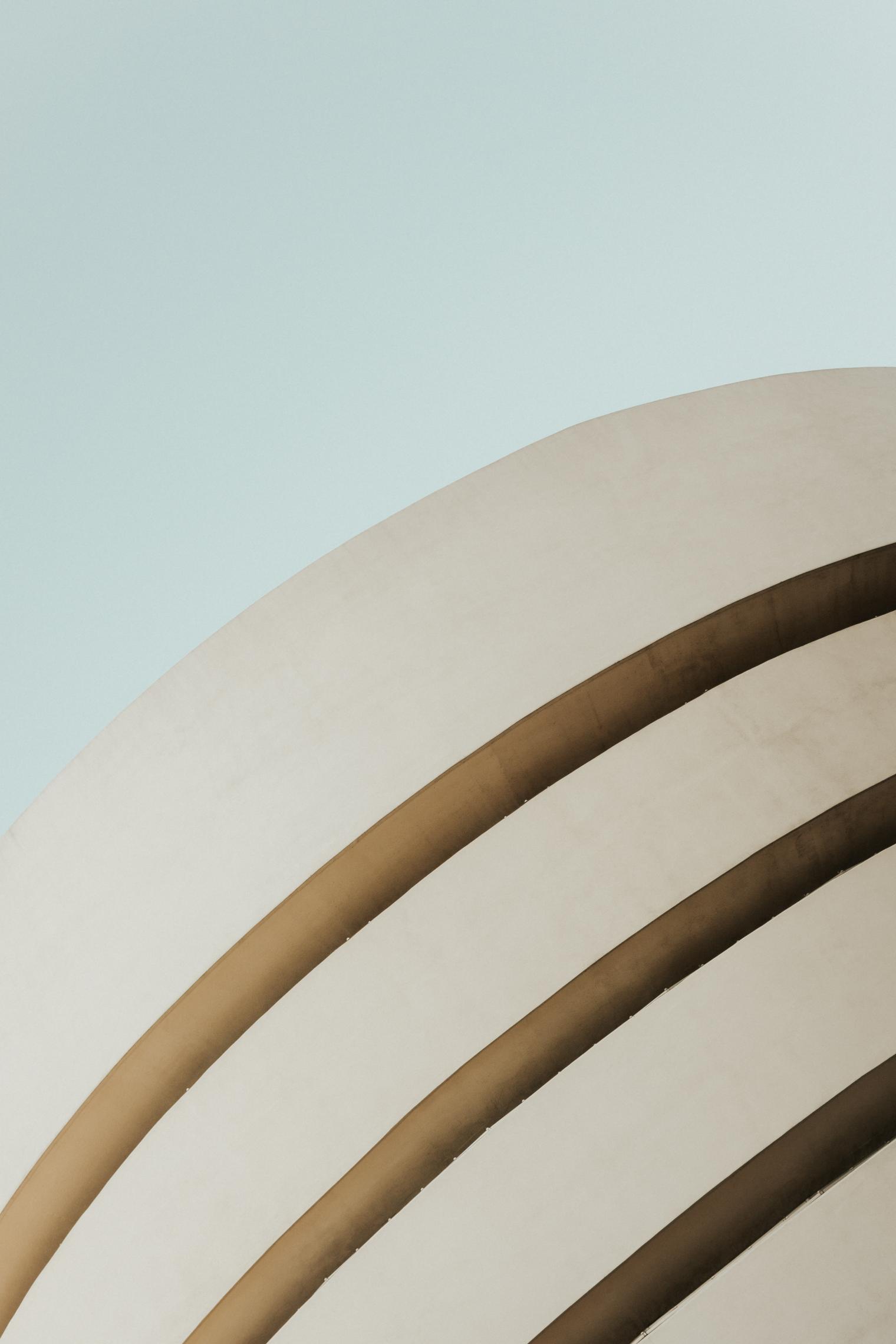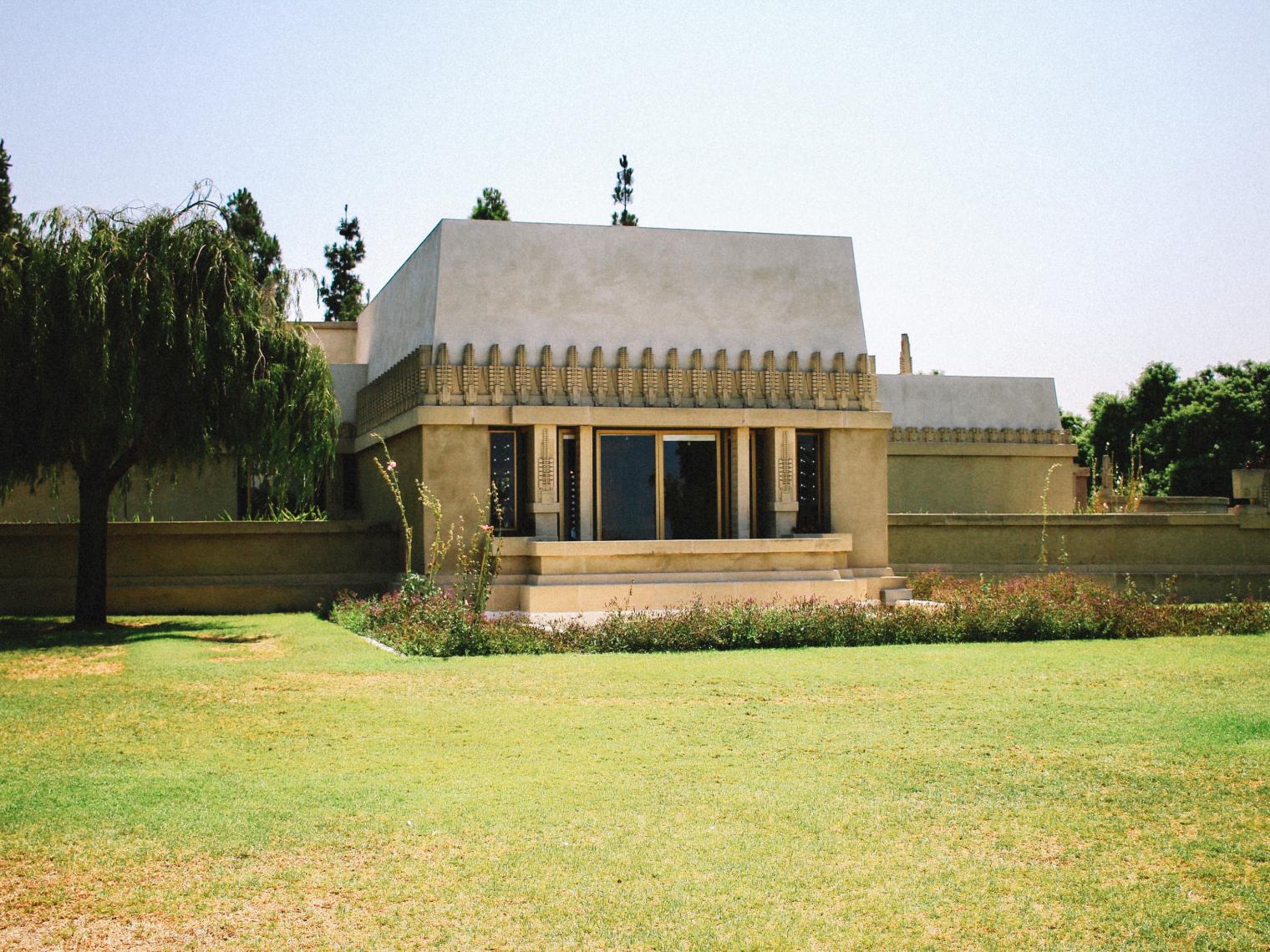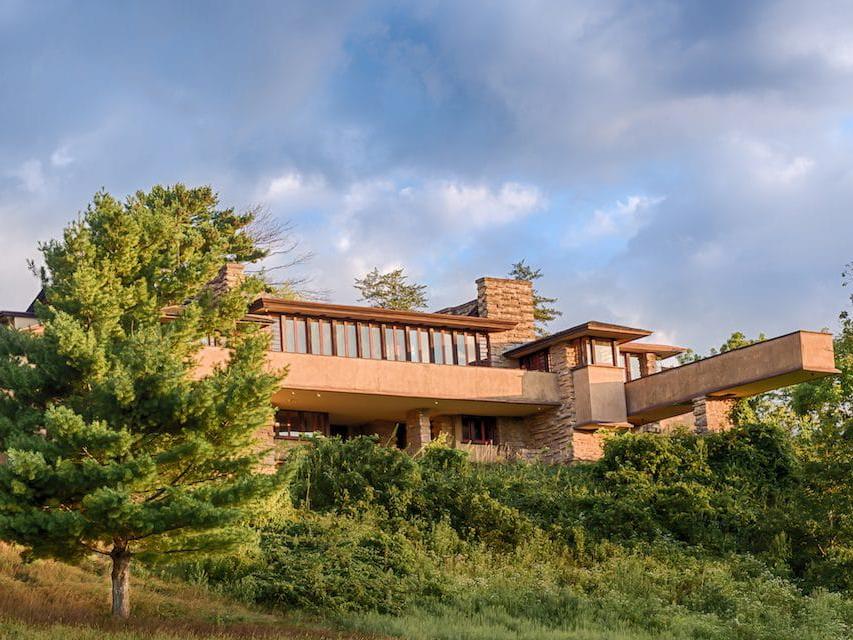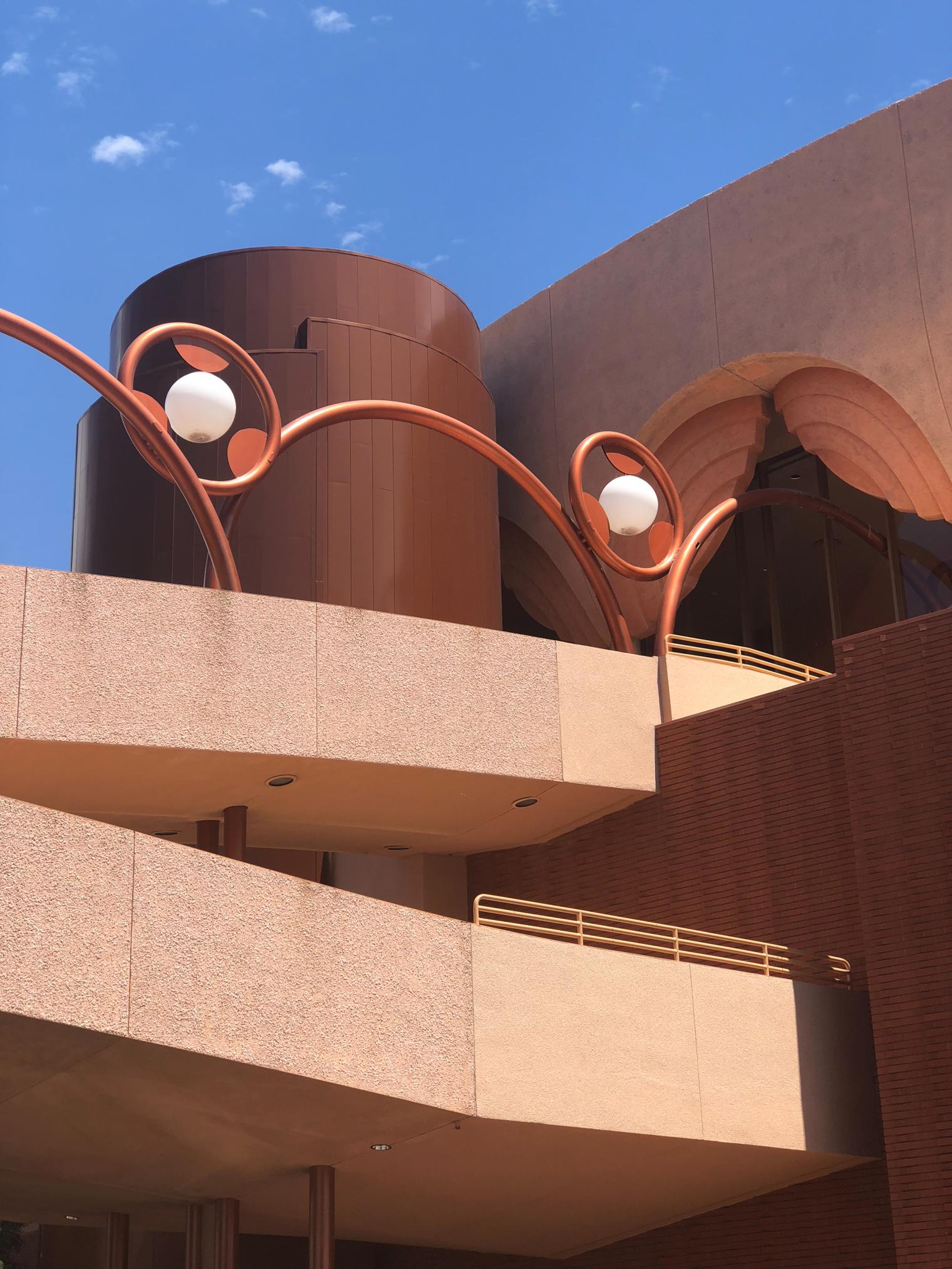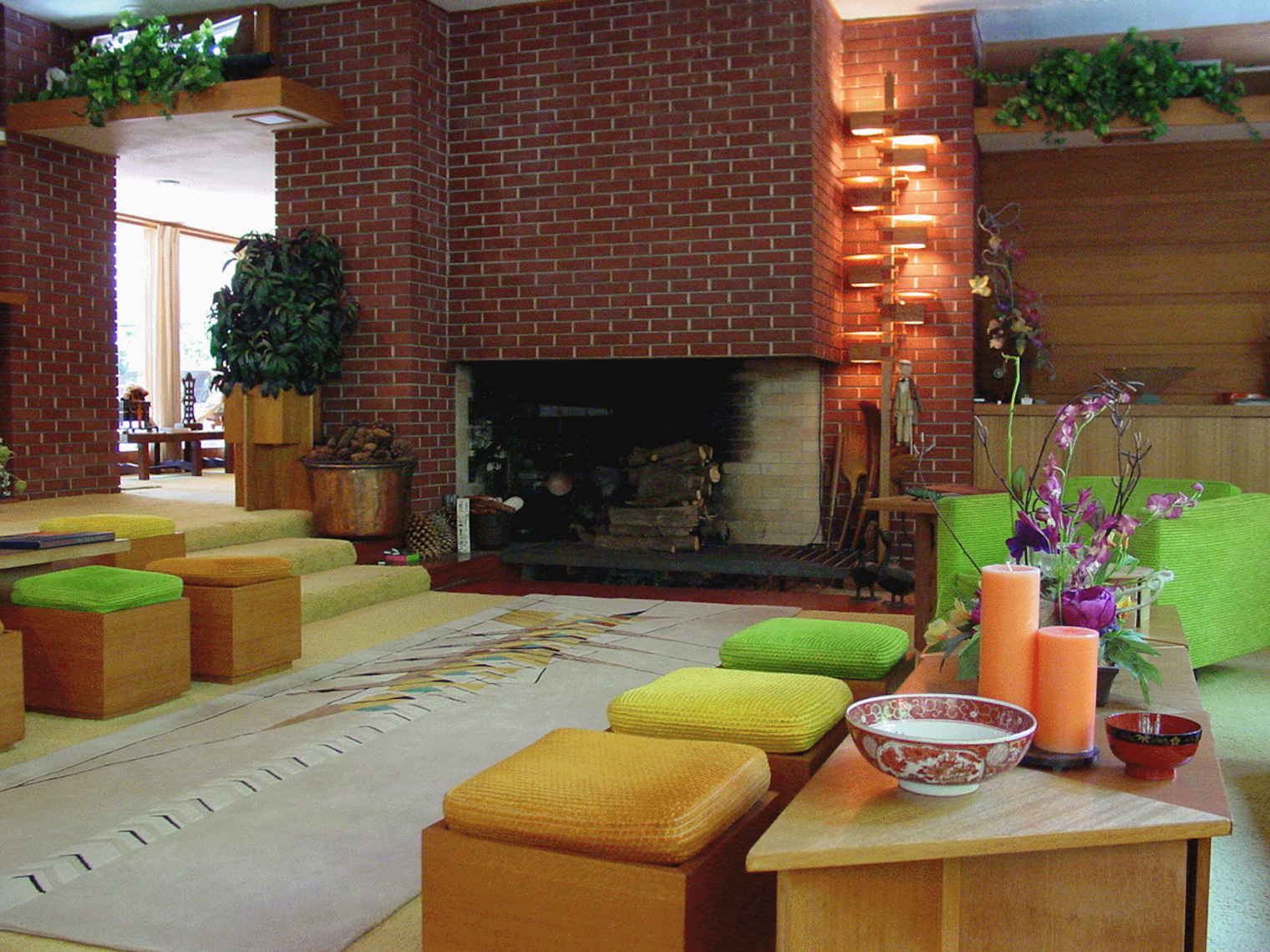Travel
You Can Sleep Inside Some of These Famous Frank Lloyd Wright Homes
Calling all architecture buffs and Frank Lloyd Wright fans, we’re on an American tour of this famous architect’s buildings that are open for tours, overnight stays and epic parties. In his many decades as an architectural...
Calling all architecture buffs and Frank Lloyd Wright fans, we’re on an American tour of this famous architect’s buildings that are open for tours, overnight stays and epic parties. In his many decades as an architectural prodigy, Wright designed over a thousand structures, 532 of which were completed.
Not only did FLW build beautiful homes for the rich and famous, he also developed his own Usonian-style architecture for families on more modest budgets. He had his hands in the design of many public-use buildings too, including everything from theaters to community centers and skyscrapers. Today, we’re taking a look at just 18 of the famous designer’s works, each of which are open to the public in varying capacities.
Reporter: Alyssa Brown
Not only did FLW build beautiful homes for the rich and famous, he also developed his own Usonian-style architecture for families on more modest budgets. He had his hands in the design of many public-use buildings too, including everything from theaters to community centers and skyscrapers. Today, we’re taking a look at just 18 of the famous designer’s works, each of which are open to the public in varying capacities.
Reporter: Alyssa Brown
Part of the Crystal Bridges Museum in Bentonville, this iconic Usonian style house was originally built in New Jersey in 1956. Threatened repeatedly by flooding in its original location, the home was sold to Crystal Bridges and moved piece-by-piece to Arkansas for reassembly, where it’s now open to the public.
Located in the heart of Buffalo’s Parkside neighborhood sits a collection of six interconnected buildings that include two main residences, a pergola with a conservatory, a carriage house and stables, and a gardener’s cottage. A shining example of Wright’s Prairie house period, the main house has those classic FLW touches like the family hearth, deeply overhanging eaves and a cantilevered roof. The house was built between 1903-1905 for Buffalo businessman, Darwin Martin and his family.
Oak Park is home to nearly 30 of Frank Lloyd Wright’s structures, including his early home, studio and school. Visitors can tour the whole neighborhood, or head straight to this storied abode.
Built between 1936-39, this stunning house sits atop a Pennsylvania waterfall. Cantilevered terraces made of the local sandstone blend seamlessly into the waterfall’s rock formation, garnering this home enough attention to land on the cover of Time Magazine in 1938. Fallingwater is open for tours daily (except Wednesdays), and curious guests can stay overnight at the nearby FLW-designed Duncan House.
Once the winter home and desert laboratory of Frank Lloyd Wright, Scottsdale’s Taliesin West is now the home of the Frank Lloyd Wright Foundation and School of Architecture at Taliesin. The sprawling property offers a broad range of tours from day to night, walking guests through the garden room, drafting studio, dining room, and FLW’s personal art collection.
Originally founded by Frank Lloyd Wright as a retreat for university professors in 1909, this century-old property is today a ranch that can be rented out for getaways, retreats and private events. At Alpine Meadows Ranch you’ll find a cider house, farmhouse, cabin built by FLW, and modern suites set among rolling hills and forests.
Open for tours the second Sunday of each month, the Seth Peterson Cottage is a beautiful tiny home of just 880 square feet. Tucked away in the woods of Mirror Lake State Park, visitors can stay in the home overnight and experience the architecture first-hand for just $300-325/night.
Frank Lloyd Wright’s Meyer May House was designed in 1909 for a prominent Grand Rapids clothier and was later acquired and restored by Steelcase to be opened to the public in 1987. Original furnishings still sit inside the home, which is set up to be a replica of its initial design.
A tribute to Wright’s mother, who was a kindergarten teacher, the Wyoming Valley School was built in 1956 and donated to the Wyoming Valley School District near Spring Green. The simple concrete-block structure with clerestory windows and Taliesin Red floors is today used as a cultural arts center and is open on weekends for tours.
RELATED ARTICLES
You might be interested in…
The impressive structure that is the Marin Civic Center was Wright’s 770th commission and is a national and state-designated historic landmark. Inspired by the natural beauty of Marin County, FLW aimed to create a structure that added to the beauty of the landscape. Now a community hub, the center provides a backdrop for everything from farmer’s markets to photo shoots and weddings.
Completed in 1918, the Allen House is a shining example of the timelessness of Frank Lloyd Wright’s designs. Inside you’ll find over 30 pieces of Wright-designed furniture, tons of windows with original art glass, and what many consider to be the perfect home.
Wright designed this sprawling convention center on the Madison waterfront in 1938 as a cultural, governmental and recreational building. Yet, the building didn’t actually open its doors until 1997, decades after Wright’s death. The facility now is an epic events hub, operating community programs, weddings, meetings, and more.
A typical Usonian style home of Frank Lloyd Wright’s design, The Kraus House in Ebsworth Park portrays a floor plan composed of parallelograms and is considered to be one of the architect’s most geometrically complex homes. Tours are available by appointment, so be sure to coordinate ahead of time if you want to get the full experience.
New York’s famed Guggenheim Museum opened in 1959 and is seen as many as Frank Lloyd Wright’s masterpiece. While many visit the museum daily for its extensive art collections, the museum also offers daily architecture tours for those interested in learning more about the building’s history and structure.
Set on 36 acres of hilltop land at the Hollywood border of Los Feliz, Hollyhock House was FLW’s first Los Angeles home construction. The home was built for oil heiress Aline Barnsdall in 1919 to be part of a performing arts center, but after the project went over budget, Wright was fired and the home was finished by another architect. Just a few years later, it would then be donated to the city of Los Angeles. A major restoration, following a few not-so-hot renovation attempts, was completed in 2015 and Hollyhock House is open to the public for weekend tours.
This 800-acre agricultural estate in the hills of the Wisconsin River Valley was Frank Lloyd Wright’s home, studio, school, and laboratory of organic architecture. The estate includes iconic works that span the decades of his career, including his sprawling residence, the Romeo & Juliet Windmill, Hillside School, Tan-y-Deri, Midway Barn, and the Frank Lloyd Wright Visitor Center. The house is shrouded in stories, including a 1914 fire that killed the architect’s mistress, two children and four others. Wright spent years rebuilding after the fire, but did not return to the property for nearly a decade once it was complete.
Set on the campus of Arizona State University, this multipurpose performing arts center was built by FLW to be a near-perfect acoustic structure. One of his final projects, ASU Gammage was completed after the architect’s death. The space remains open today, and continues to sell out its 3,000 seats for concerts, performances, lectures and more.
Considered to be one of the most complete Frank Lloyd Wright homes, Samara has the original furnishings and stylized interiors of its 1956 construction. Named for the seeds found in pinecones, this Usonian-style home was built on a modest budget under the agreement that the owners would see Wright’s design ideas through to full completion.

